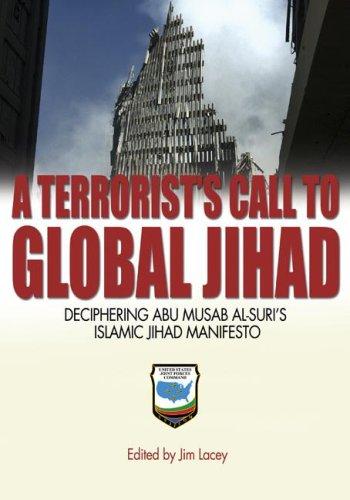Tech Issues and the Stratfor Scandal
Monday, February 27th, 2012I am having some tech issues with posts – though as they do not seem to be impeding the vigorous blogging efforts of Charles Cameron, I suspect the problem is on my end. Highly aggravating.
That said, here’s a must-read news story. Potentially very, very wide ripple effects:
Gizmodo – Wikileaks Reveals Privately Run CIA’s Dirty Secrets
….Stratfor’s clients are the US Government, other countries and military organizations, as well as private companies like Lockheed Martin, Northrop Grumman or Raytheon. They have a global network of spies in governments and media companies, including “secret deals with dozens of media organizations and journalists, from Reuters to the Kiev Post.” According to the emails, these spies get paid in Swiss bank accounts and pre-paid credit cards.
Wikileaks says that the emails also reveal the creation of a parallel organization called StratCap. Apparently, this organization would use Stratfor network of informants to make money in financial markets. Wikileaks claims that the emails show how then-Goldman Sachs Managing Director Shea Morenz and Stratfor CEO George Friedman put StratCap in motion in 2009.
Here are some of the highlights, according to Wikileaks:
Global network of informants
The Global Intelligence Files exposes how Stratfor has recruited a global network of informants who are paid via Swiss banks accounts and pre-paid credit cards.
Who are their spies?
Government and diplomatic sources from around the world give Stratfor advance knowledge of global politics and events in exchange for money. Stratfor has a mix of covert and overt informants, which includes government employees, embassy staff and journalists around the world.
How they control their sources
“[Y]ou have to take control of him. Control means financial, sexual or psychological control… This is intended to start our conversation on your next phase” – CEO George Friedman to Stratfor analyst Reva Bhalla on 6 December 2011, on how to exploit an Israeli intelligence informant providing information on the medical condition of the President of Venezuala, Hugo Chavez.
Using secret information to make money in financial markets
Stratfor’s use of insiders for intelligence soon turned into a money-making scheme of questionable legality. The emails show that in 2009 then-Goldman Sachs Managing Director Shea Morenz and Stratfor CEO George Friedman hatched an idea to “utilise the intelligence” it was pulling in from its insider network to start up a captive strategic investment fund. […] CEO George Friedman explained in a confidential August 2011 document, marked DO NOT SHARE OR DISCUSS: “What StratCap will do is use our Stratfor’s intelligence and analysis to trade in a range of geopolitical instruments,particularly government bonds, currencies and the like“…..
Ouch.
If I were George Friedman, I’d disappear about now.
I have never been overly impressed with Stratfor’s analytical prowess, having had readers, like Morgan, who from time to time sent me copies of their subscription level publication. Sometimes, Stratfor would produce spot on work but I found some of their forecasts to be marred by bizarre tangents and improbable assertions. Had I realized at the time that Statrfor’s real effort went into collecting inside information to play the markets I’d have been more generous in my assessment.
Geopolitical analysis was only Stratfor’s hobby. 🙂






